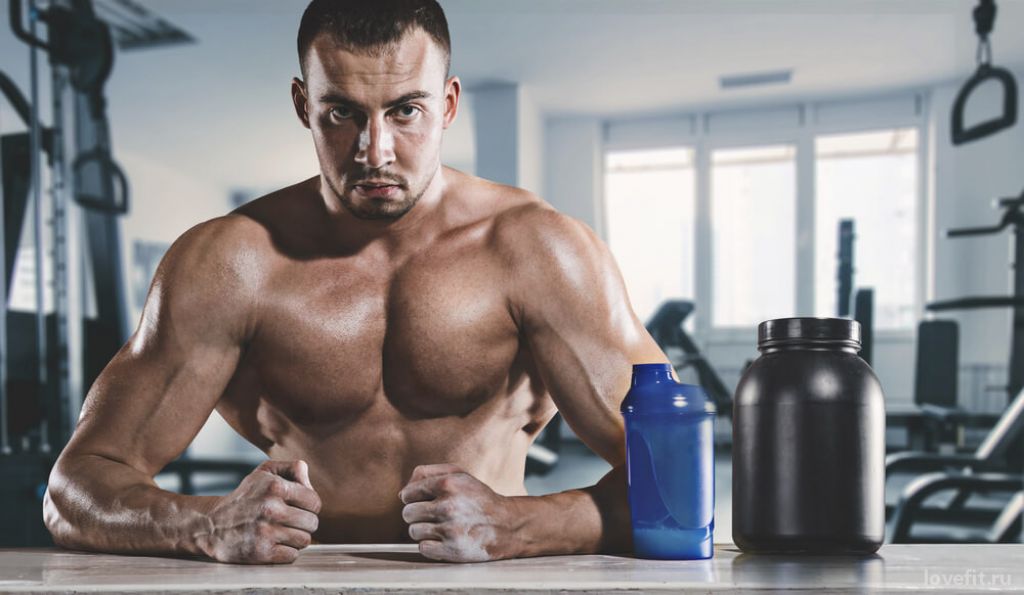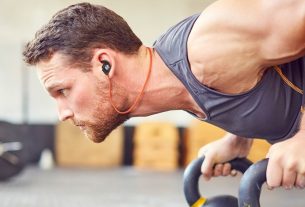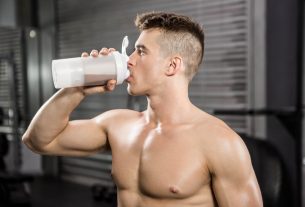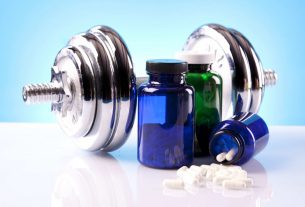Omega-3 is a group of unsaturated fatty acids, which includes 11 polyunsaturated fatty acids, 3 of which (α-linolenic acid (ALA), eicosapentaenoic acid (EPA) and docosahexaenoic acid(DHA)) are irreplaceable (they are not reproduced in the body in the required volume, and when they are deficient, a variety of biochemical and physiological disorders occur).
In 2017, scientists from the Massachusetts General Hospital conducted an experiment during which it was noted that acids reduce the level of inflammation and oxidative stress provoked by inhaling polluted air by 50%.
Omega-3 and Bodybuilding
Without sufficient intake of Omega-3 fatty acids in the body, it is impossible to achieve the desired results in sports, whether it is weight loss, muscle gain or an increase in strength indicators. With a lack of essential fatty acids, your achievements will always be lower than they could be. This article will talk about “good” fats, or rather about Omega-3 and Omega-6 polyunsaturated fatty acids, about what role they play in sports and how to get enough of them.
Basic Information about Omega-3 fatty Acids
Omega-3 Fatty acids: Food sources
Although Omega-3 fatty acids have been known as essential components for normal growth since the 1930s, the realization of their full importance for health has only come in the last few years. Recently, new technologies have revealed ethyl-esterified Omega-3 fatty acids, such as E-EPA and combinations of E-EPA and E-DHA. They have attracted attention as highly refined and more effective than traditional Omega-3s. In Europe, they are available in the form of sports supplements.
The beneficial effects for the cardiovascular system became well known in the 1970s, after studies conducted by scientists. The subjects, in the course of the study, consumed a large amount of fats from seafood in order to identify their negative impact on health, but, in fact, no cardiovascular diseases were detected. High levels of Omega-3 fatty acids, widely consumed by Eskimos, can reduce the concentration of” bad ” fats, which are the main causes of high blood pressure, atherosclerosis, heart attacks, strokes and many other diseases.

On September 8, 2004, the U.S. Food and Drug Administration officially recognized the effectiveness of Omega-3 fatty acids, and stated that ” inconclusive, but well-founded studies show that the consumption of EPA and DHA fatty acids reduces the risk of coronary heart disease.” Currently, almost all official health institutions agree with the beneficial properties of Omega-3 fatty acids, and not only related to cardiovascular diseases, but also many others.
Due to the full recognition of the importance of Omega-3 fatty acids for health, a large number of supplements and sports nutrition based on Omega-3 began to arise.
In 2017, researchers at Taiwan University developed a special sensor to diagnose the freshness of fish, as incidents related to fraud in the sale and marketing of seafood have become more frequent. At the moment, most fish freshness checks are performed visually, because the gold standard for testing requires complex chemistry and takes four hours.
The spectrum of Omega-3 effects
Main effects on organs
Omega-3s have a wide range of positive effects that are of key importance in bodybuilding. We will list only the main ones:
- An increase in the metabolic rate.
- Accelerate the growth of dry muscle mass and reduce the fat layer. They can be used both for weight loss and for weight gain.
- Increased sensitivity to insulin due to slowing down the movement of food contents through the gastrointestinal tract. Thus, carbohydrates are absorbed more slowly, without creating concentration peaks that cause desensitization of insulin islets.
- Improvement of the rheological properties of blood, due to a decrease in viscosity, as a result of which blood pressure decreases, the risk of cardio-vascular diseases, blood clots, strokes and heart attacks decreases.
- It raises the overall tone, increases endurance and neuro-muscular function. A study conducted in 2015 demonstrated an improvement in all these qualities in men during training compared to a placebo control group in which olive oil was used.




